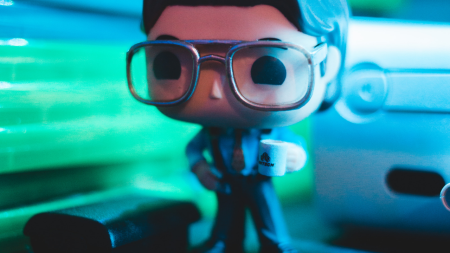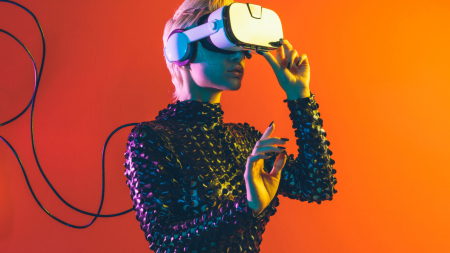In the ever-evolving landscape of fashion, the emergence of digital fashion represents a paradigm shift that challenges traditional norms and perceptions. In this blog, we delve deep into the exciting world of digital fashion, exploring its origins, impact, and what the future holds for this innovative and imaginative realm.
A Brief History of Digital Fashion
The concept of digital fashion may seem like a recent phenomenon, but its roots trace back to the early 2000s when virtual worlds and online gaming started gaining popularity. Avatars in these virtual spaces needed outfits, and thus, digital clothing became a necessity. However, the real breakthrough came in the last decade when designers and entrepreneurs recognized the potential for digital fashion beyond the gaming world.
Digital fashion has transcended its utilitarian origins and evolved into a fusion of art, technology, and self-expression. Today, digital fashion encompasses a wide range of garments and accessories designed exclusively for virtual environments and social media platforms.
Breaking Down Digital Fashion
Digital fashion is not merely a concept; it's a vibrant and creative industry. Designers, both established and emerging, are actively participating in this exciting space. They craft digital outfits that users can purchase and wear on their avatars or showcase on their social media profiles. These digital garments are often 3D-rendered to perfection, with intricate details and stunning textures that rival their physical counterparts.
One of the key advantages of digital fashion is its versatility. A single digital garment can be worn by countless avatars, eliminating the need for mass production and contributing to a more sustainable fashion future. This eco-friendly aspect has resonated with a generation increasingly concerned about the environmental impact of their choices.
The Intersection of Fashion and Technology
Digital fashion isn't just about aesthetics; it's also deeply intertwined with technology. Blockchain technology, for instance, plays a crucial role in verifying the authenticity of digital fashion items and enabling ownership rights. Users can prove that they own a unique digital garment, creating a market for limited-edition digital fashion pieces.
Virtual Reality (VR) and Augmented Reality (AR) are other technologies that have given digital fashion a boost. Users can now experience their digital fashion creations in immersive environments, blurring the lines between the real and virtual worlds. This opens up exciting possibilities for fashion influencers and brands to create immersive fashion experiences.
Digital Fashion in the Age of Social Media
Social media platforms have become the runway for digital fashion. Influencers, content creators, and fashion enthusiasts are leveraging these platforms to showcase their unique style with digital garments. The visual nature of platforms like Instagram and TikTok makes them the perfect stage for digital fashion to shine.
This trend has given rise to virtual fashion influencers who curate stunning digital looks that inspire their followers. From futuristic cyberpunk styles to fantasy-inspired couture, digital fashion influencers are pushing the boundaries of creativity and self-expression.
The Business of Digital Fashion
Digital fashion isn't just about self-expression; it's a burgeoning industry with a promising future. Brands are recognizing the potential of this market and collaborating with digital fashion designers to create limited-edition collections. Luxury brands, in particular, are exploring the world of digital fashion, offering their customers the chance to own exclusive digital pieces.
The concept of rental and resale markets is also making its way into digital fashion. Users can buy, sell, and even rent digital garments, further enhancing the sustainability aspect of this emerging fashion sector.
The Future of Digital Fashion
As we gaze into the future of digital fashion, the possibilities seem boundless. Here are some exciting prospects:
Integration with Physical Fashion: The boundary between digital and physical fashion is becoming more porous. Imagine buying a physical garment and receiving a digital version to wear in virtual spaces. This would bridge the gap between our online and offline lives.
NFTs and Digital Ownership: Non-fungible tokens (NFTs) are poised to play a significant role in digital fashion. NFTs can represent ownership of digital fashion items, and they may become a standard way of buying, selling, and proving ownership of these unique creations.
Enhanced Virtual Reality: As VR technology continues to advance, we can expect more immersive and realistic digital fashion experiences. Virtual fashion shows and try-on sessions in VR could become commonplace.
Digital Fashion for Identity and Expression: The trend of using digital fashion to explore identity and express oneself is likely to grow. This could lead to a more inclusive and diverse fashion landscape.
In conclusion, the rise of digital fashion represents a thrilling and transformative evolution within the fashion industry. It challenges conventions, embraces technology, and offers sustainable alternatives. As we navigate this brave new world of pixels and style, one thing is clear: the future of fashion is as digital as it is stylish.













